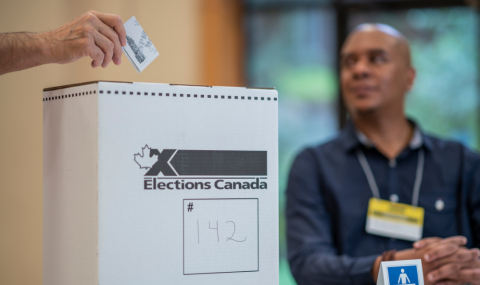Detailed history
You will be asked to describe your bladder habits and urinary incontinence experiences. Questions will include how much fluid you drink in a day, how often you go to the bathroom, what incontinence products you use and how often you need to change them. You will also be asked what activities lead to leakage and how much urine you leak when it happens. A current list of your medications and medical/surgical history will also be required.
Pelvic exam
A pelvic exam will be conducted to assess for pelvic organ prolapse, urine leakage and to assess the strength of your pelvic floor muscles.
Post void residual
A post void residual is a test that shows how much urine is left in your bladder after you void. You will be asked to use the toilet to empty your bladder. Then an ultrasound machine will be used to measure the amount of urine left in your bladder.
This test shows your ability to empty your bladder.
Urine culture
A urine sample may be sent to test for infection as infection can lead to urgency and frequency.
Urodynamic studies
Urodynamic studies include specialized tests used to see how well your bladder works. Urodynamic studies may be ordered to diagnose different types of incontinence (urine leakage) or for symptoms of incomplete bladder emptying, urinary urgency, and/or urinary frequency. These tests can include:
Cystometrogram: This test measures how much your bladder can hold and the amount of pressure in your bladder. This test will take about 15-20 minutes. You will be positioned on an exam table lying on your back. Your urethral opening will be cleansed to eliminate any bacteria on the surface. A catheter (tube) with a sensor will be inserted into your urethra and advanced into the bladder. This may cause some burning or pressure that will go away quickly. The bladder will be filled with saline solution and filling pressures will be recorded. We will ask you to report any sensations that you might have --coolness from the saline fluid, fullness, the need to urinate, urgency, pain, etc. It is common for women to have urine leakage during the test and some irritation when you urinate for 1-2 days after the test. You may also note a small amount of blood in the urine. You do not have to do anything special to prepare for this study. You can eat and drink as you normally would before you arrive to the clinic. This test is done in the clinic and does not require sedation or anesthesia. You may resume your usual daily activities immediately following the cystometrogram.
Urethral pressure profile (UPP): A special pressure sensitive catheter (tube) is placed in the urethra opening and extended to the bladder. If a cystometrogram is being done the same catheter is used. Saline with Neosporin is pumped through the tube into the bladder and the catheter is slowly withdrawn. Measurements are taken of the pressure at various points in the urethra. This test can measure how effective your urethral muscles are working.
Uroflowmetry: This test measures the volume of urine excreted (released) from the body, the speed with which it was excreted, and how long the excretion took.
The goal of testing is to identify the factors causing the problem which will help to develop a treatment plan.
Renal (kidney) Ultrasound
Renal ultrasound uses sound waves to produce a picture of the kidneys and ureters (tubes that carry urine from the kidney to the bladder). It provides important information regarding kidney function. Ultrasound is very good for showing hydronephrosis (a sign of obstruction or blockage of the kidney), kidney stones or kidney tumor cysts. There is no preparation necessary for the test.


